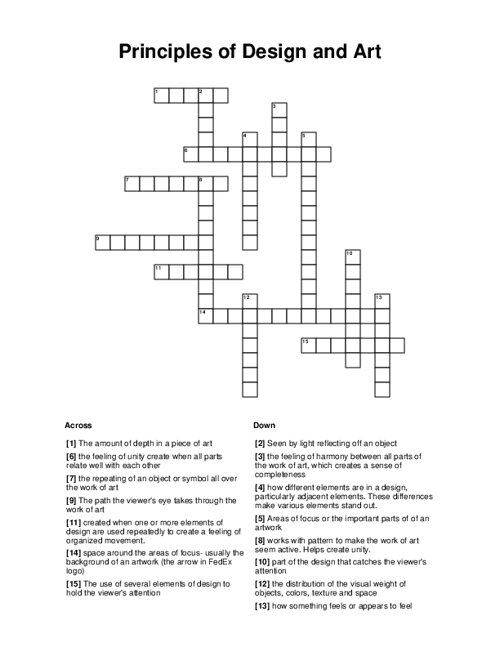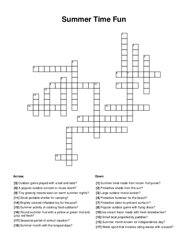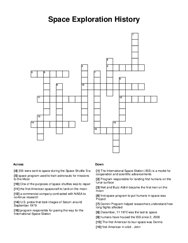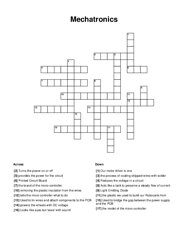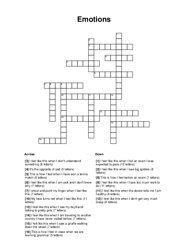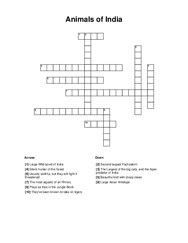Principles of Design and Art Crossword Puzzle
QUESTIONS LIST: color: seen by light reflecting off an object, positive space: areas of focus or the important parts of of an artwork, proportion: the feeling of unity create when all parts relate well with each other, pattern: the repeating of an object or symbol all over the work of art, movement: the path the viewer's eye takes through the work of art, rhythm: created when one or more elements of design are used repeatedly to create a feeling of organized movement. , repetition: works with pattern to make the work of art seem active. helps create unity, contrast: how different elements are in a design, particularly adjacent elements. these differences make various elements stand out, space: the amount of depth in a piece of art, balance: the distribution of the visual weight of objects, colors, texture and space, texture: how something feels or appears to feel, negative space: space around the areas of focus- usually the background of an artwork (the arrow in fedex logo), emphasis: part of the design that catches the viewer's attention, variety: the use of several elements of design to hold the viewer's attention , unity: the feeling of harmony between all parts of the work of art, which creates a sense of completeness
